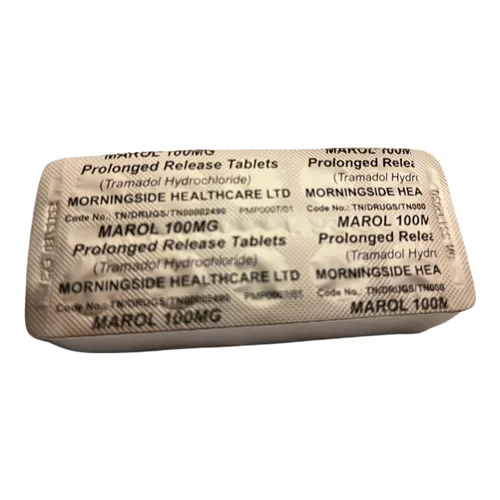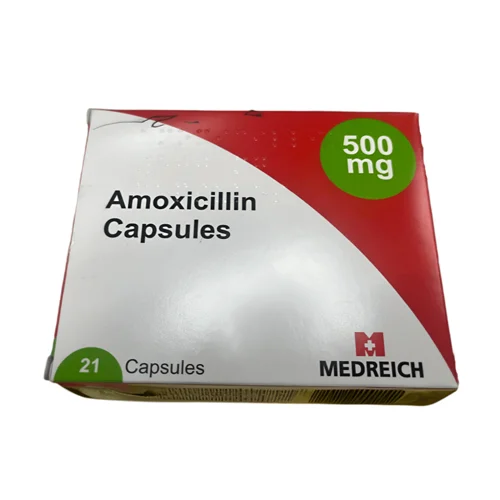Description
What is Gabapentin Tillomed 300mg?
Tillomed 300mg Capsules are used to treat restless legs syndrome (RLS), postherpetic neuralgia, and partial seizures. Gabapentin helps manage aberrant neurological activity and lessen pain by changing nerve signals in the brain. It may be purchased safely and discreetly in the UK with Buy Sleepers, and it is appropriate for both adults and children (ages 3 and up, for epilepsy).
How It Works
Gabapentin reduces nerve-related pain and abnormal brain excitement by altering calcium channels in nerve cells. It helps control and stabilize electrical activity.
- Seizures
- Pain in the nerves
- RLS, or restlessness in the legs
Dosage & Instructions
- Day 1: 300 mg once
- Day 2: twice 300 mg
- Day 3: three times a day, 300 mg
- Maximum: 3600 mg daily in three doses
Side Effects
- Suicidal ideation or mood swings
- Breathing issues, particularly while using drugs or alcohol
- Severe allergic reactions: breathing difficulties, redness, and swelling
- Skin and eye yellowing, as well as inexplicable bruises
Warnings
- If you have a gabapentin allergy, avoid using it.
- If you have respiratory, mental, or kidney difficulties, proceed with caution.
- Some people may have mood swings or suicidal thoughts—Keep a tight eye on behavior.
- Not advised during pregnancy unless advised by a physician
- Steer clear of CNS depressants and alcohol.
Storage
- Keep out of the heat and moisture and store at room temperature.
- Keep out of children’s reach.
- Keep liquid gabapentin from freezing.
FAQs
- Q1.How addictive is gabapentin?
A: Although gabapentin is not considered addictive, difficulties may arise from abuse or sudden withdrawal. Always heed medical advice. - Q2.Is Gabapentin safe for long-term use?
A: Yes, but only when regularly monitored by a physician. Depending on your health and renal function, the dosage may change. - Q3. Can I take Gabapentin and drive?
A: Gabapentin may make you feel sleepy or lightheaded. Until you understand the effects, do not operate heavy machinery or drive a vehicle.














Reviews
There are no reviews yet.